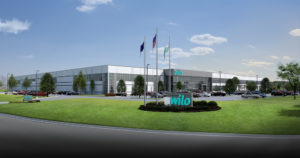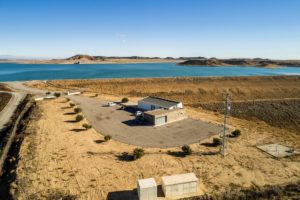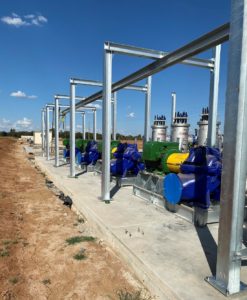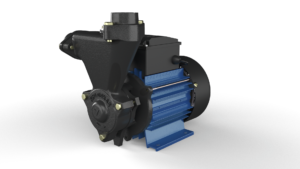Municipal Water Treatment Plants Will Spend $4.5 Billion for Filtration and Separation Equipment in 2012
Municipal water treatment facilities will spend $4.5 billion this year for filters and clarifiers. This is the latest forecast achieved by aggregating projections in four McIlvaine Market reports.
Cross-flow membrane technologies are gaining market share at the expense of granular media filters. There is increasing concern about contaminated drinking water. Microfiltration is more efficient than a gravity media filter in removing harmful microbes. In some cases plants are going even further and installing the more efficient ultrafiltration membranes. When brackish water must be treated reverse osmosis is the answer. (These forecasts do not include desalination of seawater for drinking purposes.)
Cartridges are used in drinking water systems where operation is only a few months per year. This would include summer resorts in northern climates. The reason is that cartridges are not self cleaning. On the other hand, an alternative to cartridges labeled automatic back wash filters is making inroads into municipal drinking water treatment. These filters were originally developed for drip irrigation but are proving to have benefits in drinking water treatment.
Dissolved air flotation provides small particle removal and takes up less space than clarifiers. Hydrocyclones are very infrequently used and only for pre treatment when there are relatively large solids.
China is presently the largest purchaser of filtration and sedimentation equipment for new water treatment facilities. There is an international participation in the Chinese market. Veolia is operating Chinese water treatment facilities servicing over 27 million people. Suez has 23 joint ventures in water/wastewater serving 17 municipalities.
Source: The McIlvaine Company







